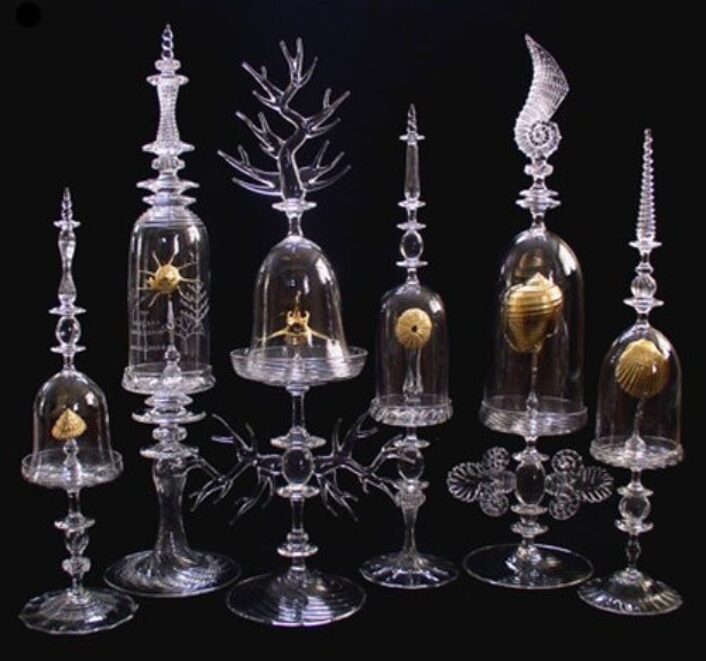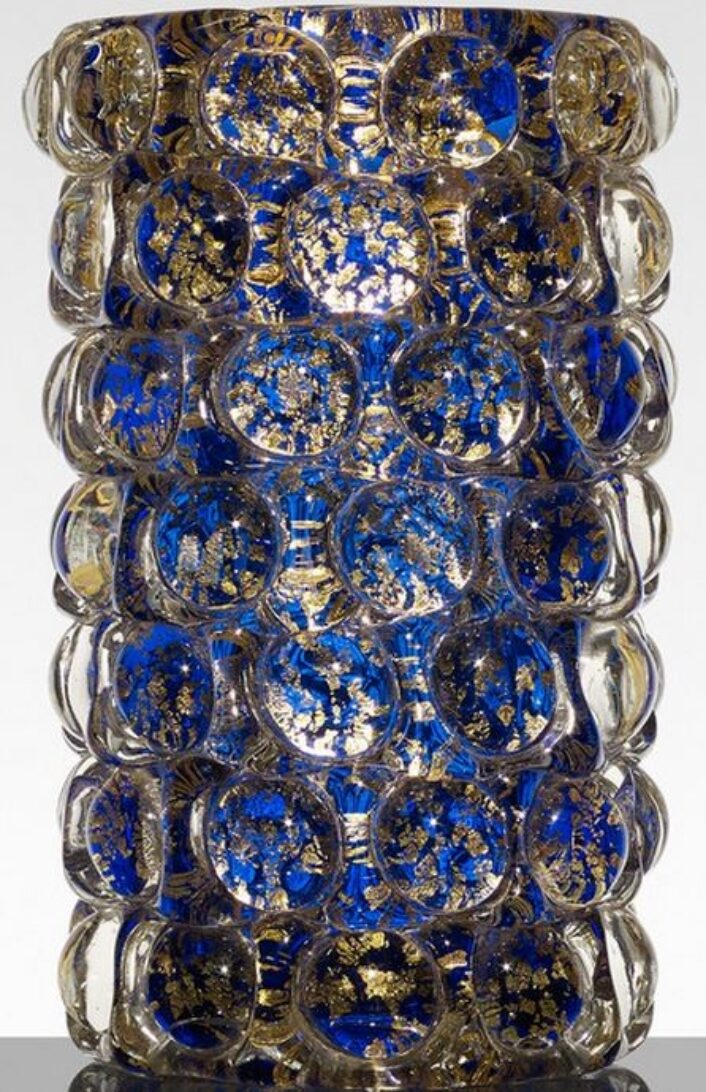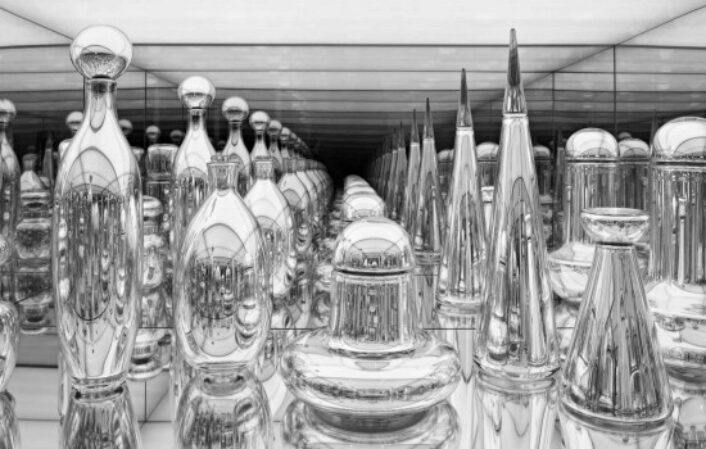Design
UrbanGlass Turns 40!
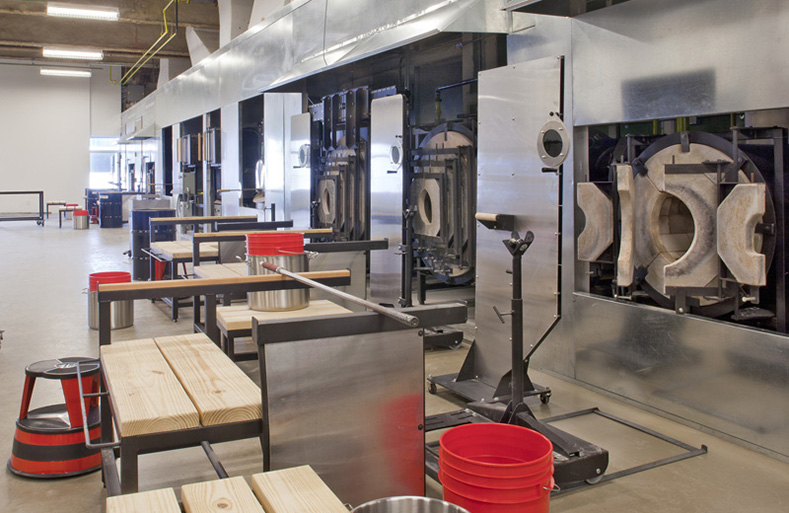
Image courtesy of: UrbanGlass
Since 1977, UrbanGlass has welcomed glass artists into it’s community. It’s no secret how expensive rent is in NYC and it’s always been quite difficult to find studio space the city. For the past 40 years, UrbanGlass has been committed to support artists at their Brooklyn locale.
Glass became a “legitimate” medium in the 1960’s… helped by young art-school graduates Erik Erikson, Richard Yelle and Joe Upham who were inspired by the master glassblowers of Murano.
Dale Chilhuly, for example, was one of the early maestros who honed his craft at UrbanGlass (initially known as Fort Greene). Five years ago, the studio underwent an extensive $62 million renovation and expansion. Now, this facility is one of the country’s largest at 17,000 square feet of space.
350 artists now work at UrbanGlass’ studio program. 1,000 students now take part in a newly expanded education program, 60% of whom are working artists. In 2013, UrbanGlass launched a scholarship program providing awards for artistic merit and financial needs.
Surely the December blowout 40th party will be one hot ticket!
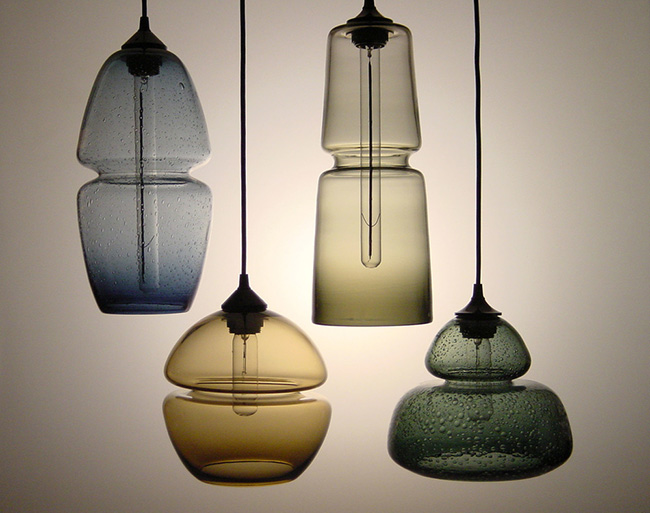
Image courtesy of: Further Design
One artists that we love got his start at UrbanGlass as a fluke. Roughly 20 years ago, William Couig came into the studio to take a weekend glassblowing workshop… instantly, he was hooked!
Eventually, Couig started his own company, Further Design, and began designing custom lighting and tabletop design pieces. Couig still makes all his pieces at the UrbanGlass studio… he says that he doesn’t have to ever worry about owning a furnace again, he’d rather concentrate on other aspects!
Growing up in nearly Connecticut, Couig has always loved the architecture of Manhattan. His series of skyscraper vessels pay homage to the iconic skyline and his pendant lamps Groove series became an instant hit among fellow designers.
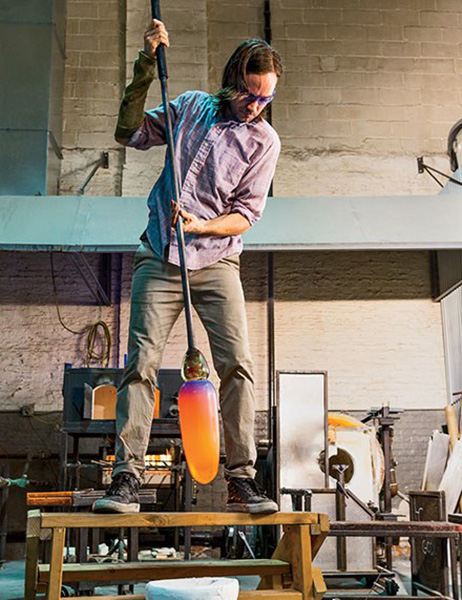
Image courtesy of: Architectural Digest, photograph courtesy of: Ball & Albanese
Thaddeus Wolfe’s love for glass began when was a student at the Cleveland Institute of Art in the early 2000’s. As soon as his feet hit NYC, he found UrbanGlass. It was at the studio that Wolfe met Jeff Zimmerman, who quickly became someone he greatly admired. Working for Zimmerman, Wolfe learned that mistakes were “okay”, as he says, “If the glass wasn’t perfect, he’d let the mistakes lead him”.
Wolfe’s unique style is a process known as blown-glass casting. To make the patterned relief vessels, Wolfe carves a specific pattern into foam. Creating a mold from this, he then blows the glass INTO the foam. He layers in colors and later grinds away pieces of the material to revel the hidden hues underneath. The end product is truly magical!
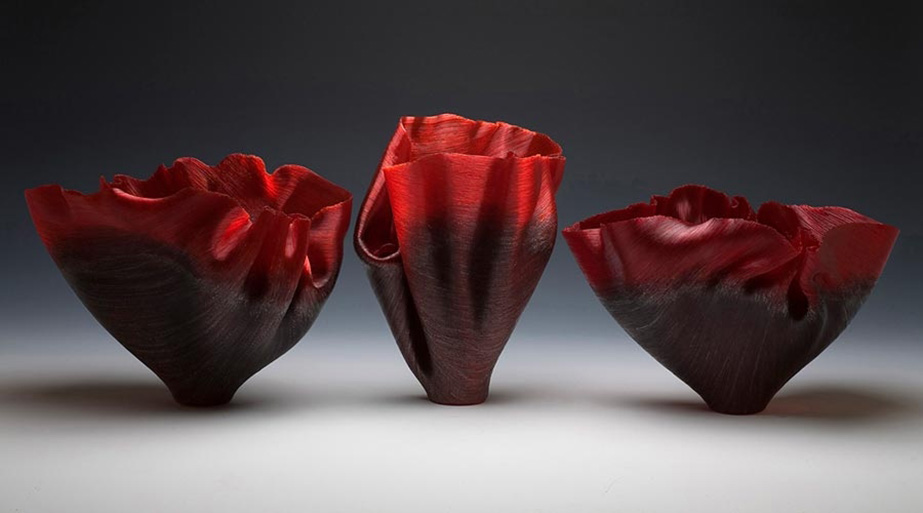
Image courtesy of: Toots Zynsky
Toots Zynsky studied at the Rhode Island School of Design with Dale Chihuly in the 1970’s; eventually, helping Chihuly found the Pilchuck Glass School in Seattle.
Originally, Zynsky was inspired by barbed wire… she creates thousands of fine glass threads and layers them onto a round, heat-resistant fiberboard plate. Then, the threads are fused together in a kiln and end up slumped to form bowl-shaped metal forms. Now, Zynsky dons heat-resistant gloves, reaches into the kiln and squeezes the vessel into a one-of-a-kind flower inspired shape. Colors have changed over the years… becoming darker and darker as the years have gone by. Regardless of color, Zynsky’s pieces are all amazingly striking!
